StarCraft 2's veterans left Blizzard to make Stormgate, the co-op RTS of their dreams
2023's going to be a big year for the RTS.
There's a world in which Stormgate never exists. In that world, Blizzard never merged with Activision or discovered just how lucrative Overwatch's loot boxes could be. Bizarro Blizzard decided that StarCraft 2, one of the finest real-time strategy games ever made, was worthy of a sequel pronto, and this preview in Bizarro PC Gamer would be about StarCraft 3 instead. But in our real world, the key minds behind StarCraft 2 got tired of waiting for the chance to maybe, someday, make StarCraft 3. When it became clear that a new RTS was not happening at Blizzard anytime soon, they stopped waiting, struck out on their own, and started making Stormgate instead.
In one sense Stormgate is a brand new RTS, launching into beta in 2023. In another sense it's the sequel to StarCraft 2 that production lead Tim Morten and a veteran crew have been wanting to make for six years.
Take a glance at what they're planning, and it's easy to see how Stormgate began life as the dream of a StarCraft that would never be. Naturally it hits the classics:
- It's a humans vs. aliens RTS set in the future, but with a splash of fantasy
- Frost Giant already has plans for a third faction, and each will have a unique playstyle
- It promises to deliver classic 1v1 multiplayer for competitive veterans
But generic brand StarCraft this is not: after checking off those must-have features, Stormgate's developers actually seem focused on convincing players the RTS isn't washed up just yet, despite a lean decade in the wake of League of Legends. This is what actually has me excited for Stormgate:
- Campaign co-op
- A focus on team-based, objective multiplayer modes
- A three-player vs. AI mode with its own progression system
- Designing to simplify micromanagement, without removing the RTS skill ceiling
"There's an opportunity to take RTS away from feeling like a solitary experience and into feeling like a more social experience," says Tim Morten, who co-founded Frost Giant after years of working on StarCraft 2. Morten says that even when they added co-op to StarCraft 2, players still often gave them the feedback that the game felt lonely. "MOBAs, battle royale, even Roblox, these are social experiences, and RTS really had not kept up and evolved along that axis."
Many of Frost Giant's plans for Stormgate revolve around solving this particular problem. Campaigns will have co-op. Stormgate's big new mode will be three-player co-op, pitting players against AI with meta progression across matches. PvP multiplayer will have team-based competitive modes that focus on objectives, rather than deathmatch. I love turtling in RTS games and will take CTF over deathmatch in a shooter any day of the week, so Stormgate seems like a game designed for my exact proclivities. But the developers are clearly banking on there being a lot of players out there just like me.
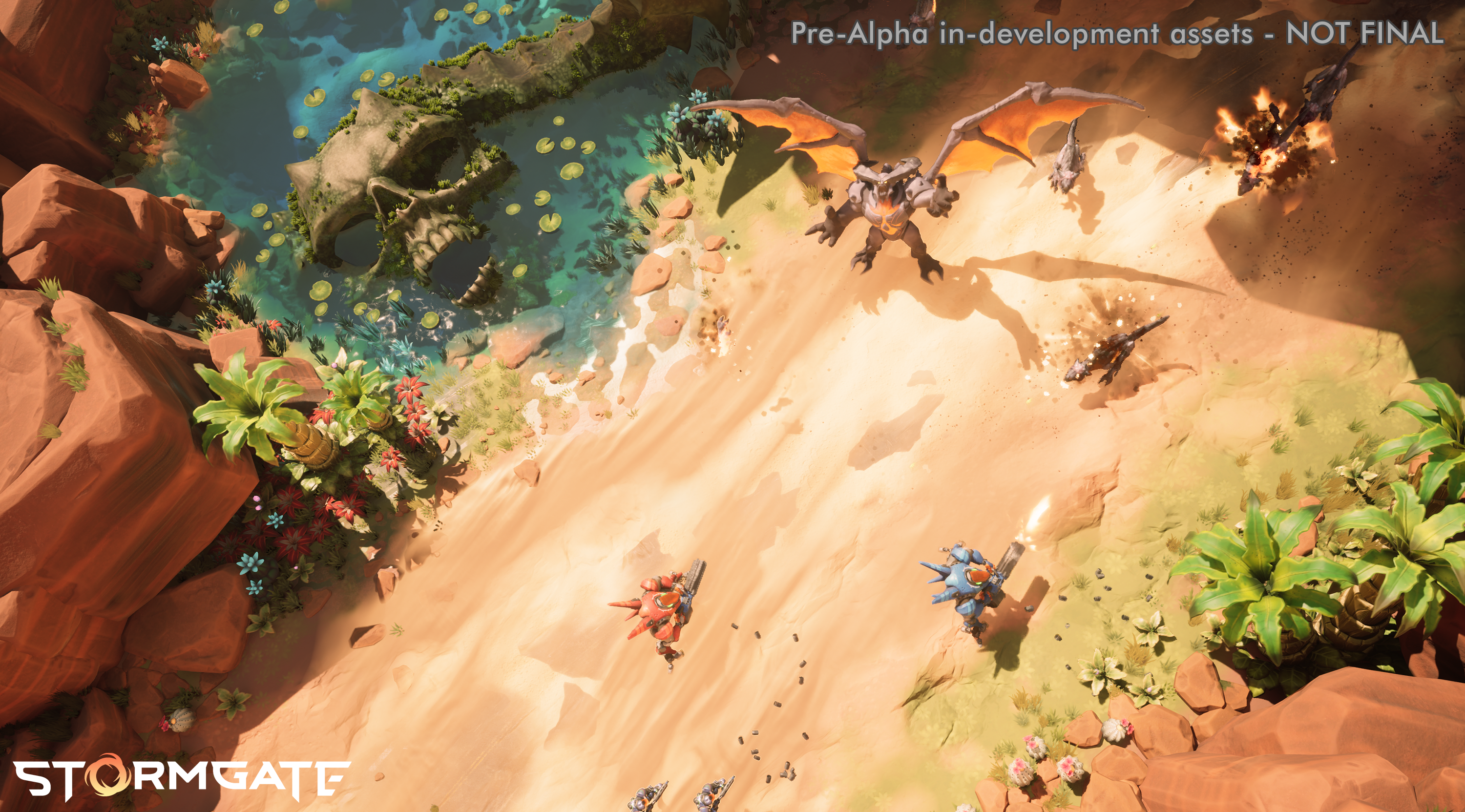
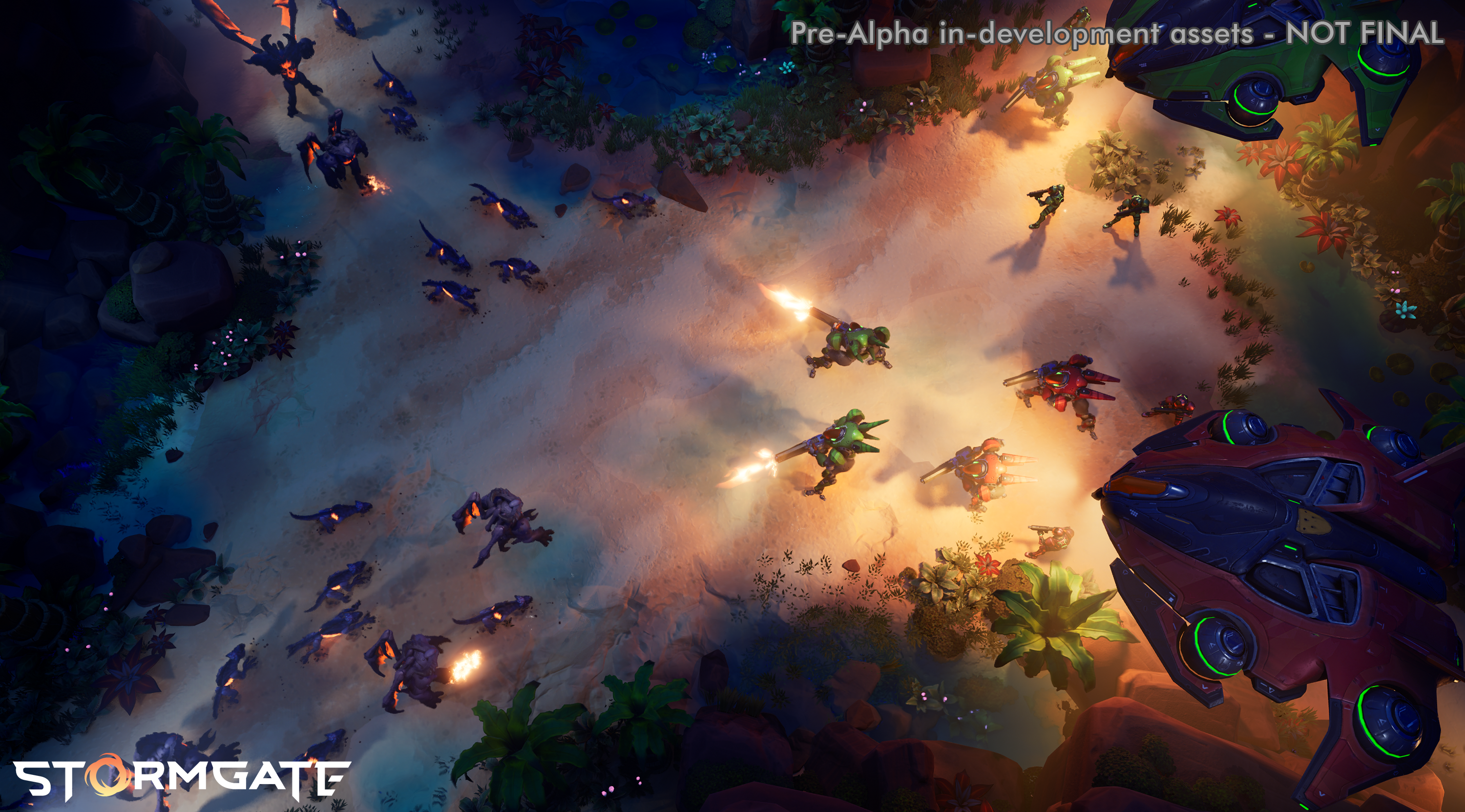
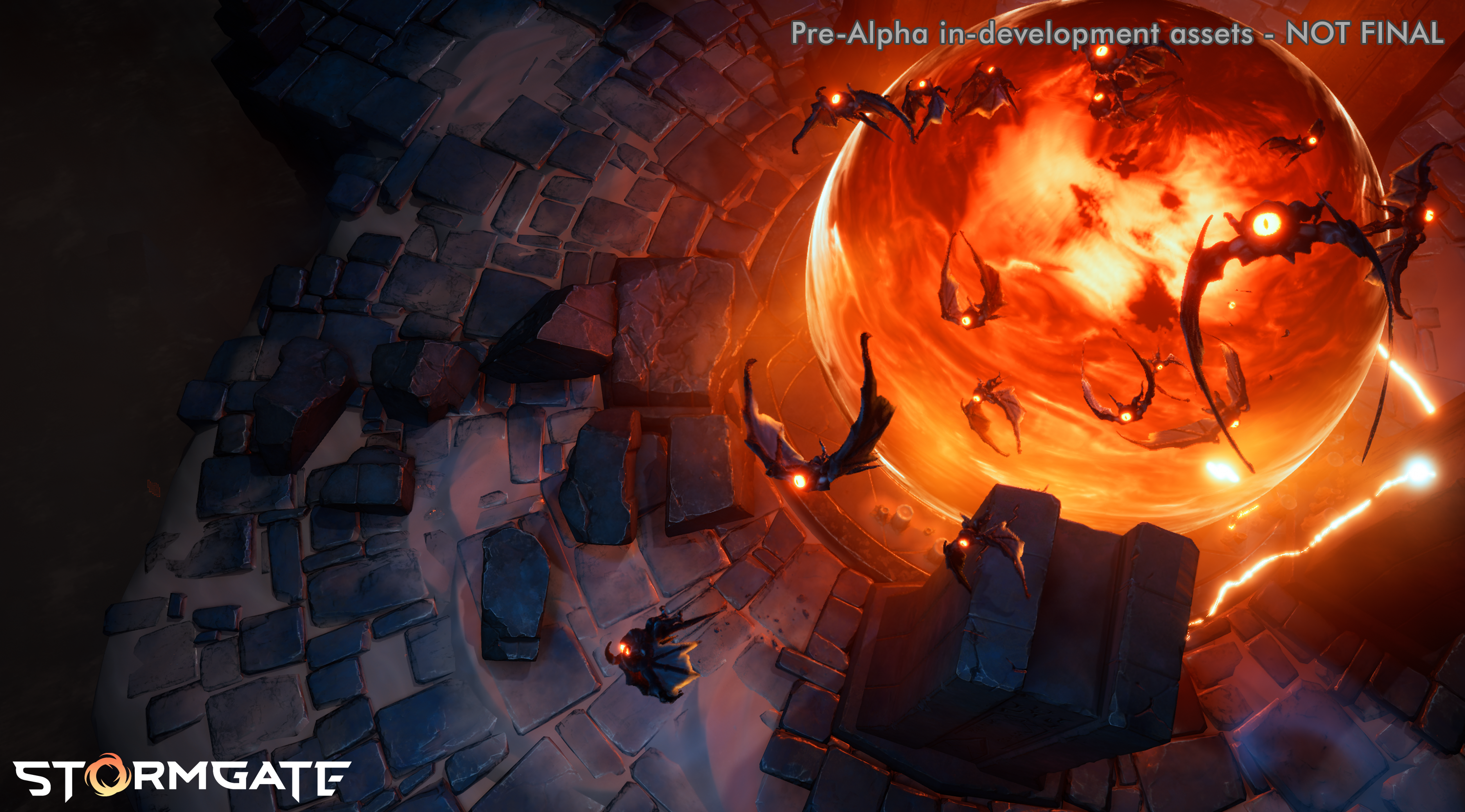
"To give a good team experience, we have to do something different in those modes than just simply have three different 1v1 matches going on in the same map," says Tim Campbell. "I think that's been a flaw of team-based modes in traditional RTSes: you feel like you're playing siloed matches in the same game session. Unless one team deathballs together and just rolls across the map, the player on the left is playing against the left opponent and so on. In our team modes we're making bigger changes in order to facilitate collaboration between players, to facilitate interesting back-and-forths between teams, so you don't have traditional problems where one player gets KO'd early in the match and then everybody else plays out this foregone conclusion."
Keep up to date with the most important stories and the best deals, as picked by the PC Gamer team.
We think we can really lean into that depth of experience we know and love, but improve around it
Tim Campbell
Campbell is Frost Giant's other Tim: he founded the studio along with Morten and was the campaign lead on Warcraft 3, before more recently directing Wasteland 3 at inXile. Stormgate began life as a series of coffee shop chats between the two Tims a few years ago; eventually their pent-up ideas for a new RTS could no longer be contained.
Morten says that "there were so many clear opportunities to capitalize on the learnings that we got coming off the latter years of Starcraft 2," so he was excited to work on another RTS. But with the immense popularity of Overwatch, and Diablo 4 on the way, the company once known for its RTSes was in no hurry to make another. "If I had stayed at Blizzard and waited, I want to believe there might've been more opportunities to work on a new RTS, but I was eager to move on and apply all of this knowledge," he says.
Stormgate is still early in development, but we talked about some of the ways Frost Giant wants to update the RTS to "balance giving power in a familiar way to RTS players, but also lower the skill floor for new users," according to Campbell.
For example: automating things like putting units in control groups and using hotkeys for certain actions; experienced players will be able to overwrite them as they see fit, but new players won't have to memorize a keyboard's worth of shortcuts. If you want to place a structure, the game will automatically choose a worker unit to build it, but you can still pick one manually if you want to.
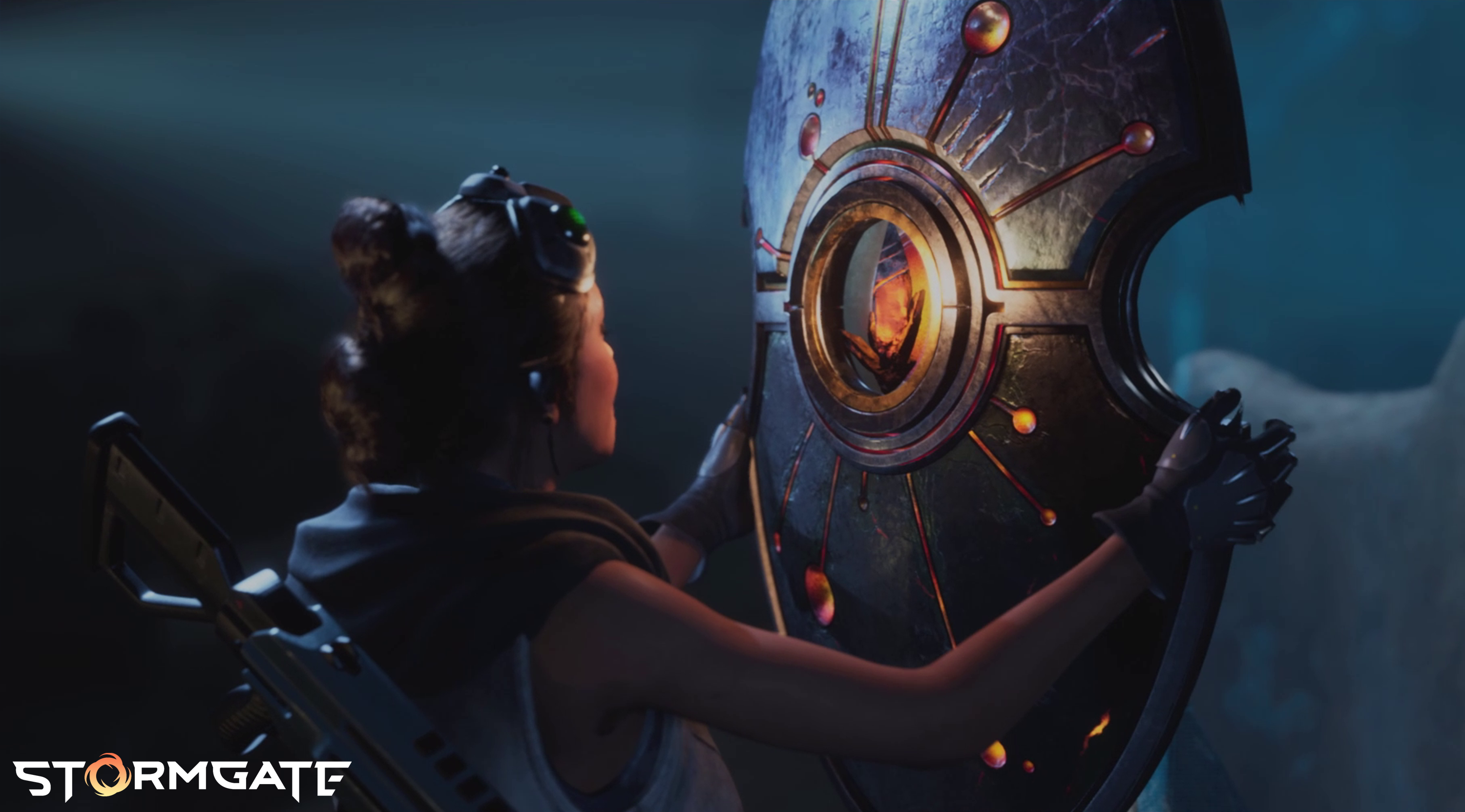
"I think the genre does well with providing a lot of room for players to master and improve their skill, but all of that depth can also feel daunting to a new player who's just stepping in," Campbell says. "A lot of the time a new player who's struggling to learn the basics, their first experience is just getting crushed in a multiplayer match. We think we can really lean into that depth of experience we know and love, but improve around it."
It's a tough needle to thread, and the devs were quick to point out that 1v1 deathmatch will still be there for RTS veterans, despite the high level focus on making a more social, team-based RTS. "Even for 1v1 competitive, the tournament system we're envisioning will enable players to form into leagues to create more social contact. It's a core tenant for what we're building," Morten says.
Given Frost Giant has a far smaller team than any Blizzard game would today, it's surprising that Stormgate is using Unreal Engine 5, more closely associated with big triple-A games than indie studios. "Graphically our team has been unlocked by having such a polished toolset and so many technologies that enable them to put their work into the game and just have it look beautiful," Morten says. There is a "but" coming, though. "Unreal Engine is not designed to be an RTS engine," which presented challenges for the lightning quick levels of responsiveness expected from, say, dozens or hundreds of units at once.
"There was a lot of custom tech we had to develop to bring together Unreal Engine and real time strategy gameplay. We benefited from having our chief architect James Anhalt, who created a lot of the engine StarCraft 2 used. He was able to create a gameplay simulation that's completely our own, that includes its own network model, its own pathfinding, its own physics. Then we interface that with Unreal Engine 5… it really is a hybridization of technology. Together we feel like we're getting the best of both worlds."
Anhalt was actually one of the earliest employees at Blizzard before it was even called Blizzard, and he helped program Battle.net in the early 2000s, laying the foundation for online play in StarCraft and Diablo 2. Frost Giant's team may be small, but it's undeniably full of heavy hitters.

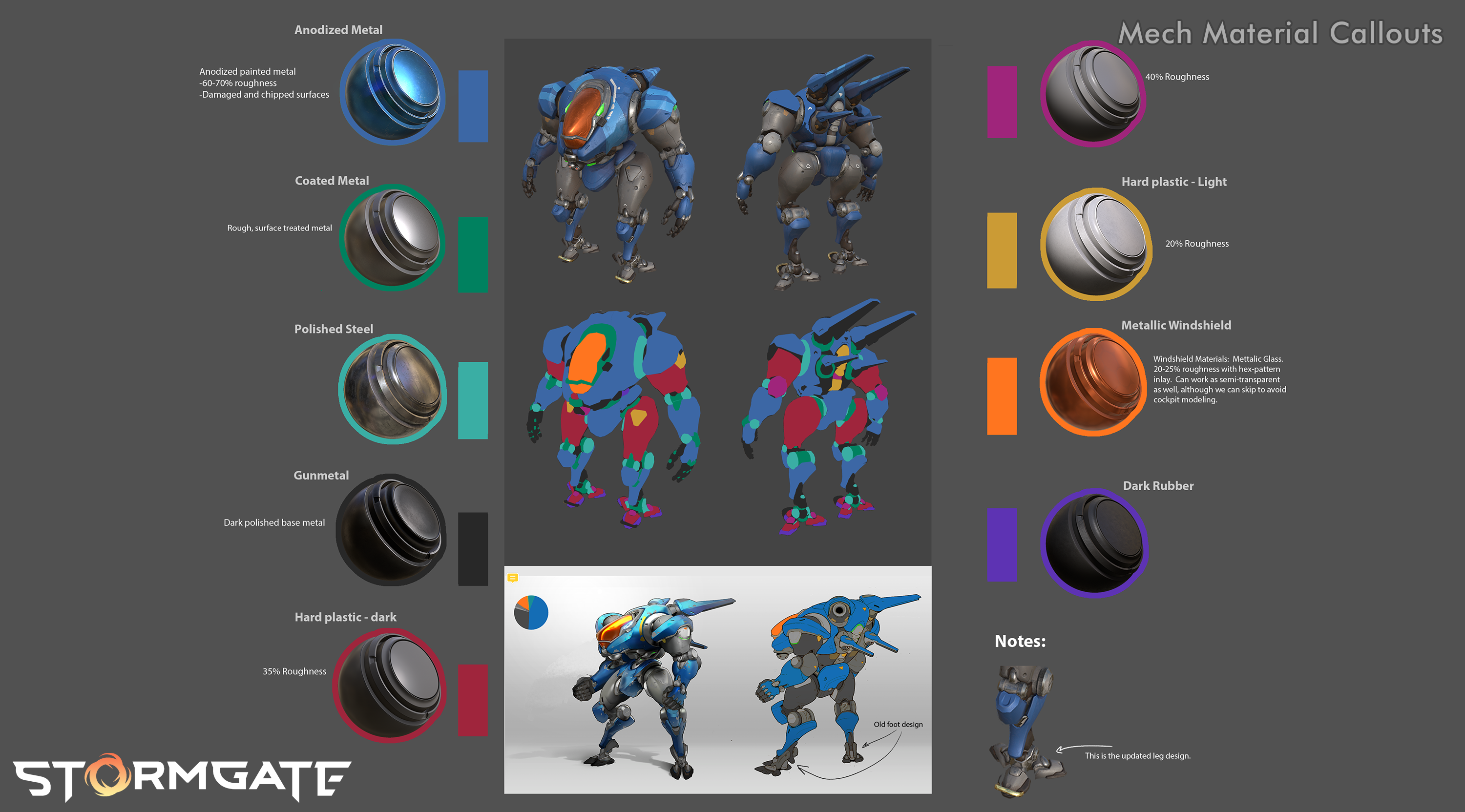
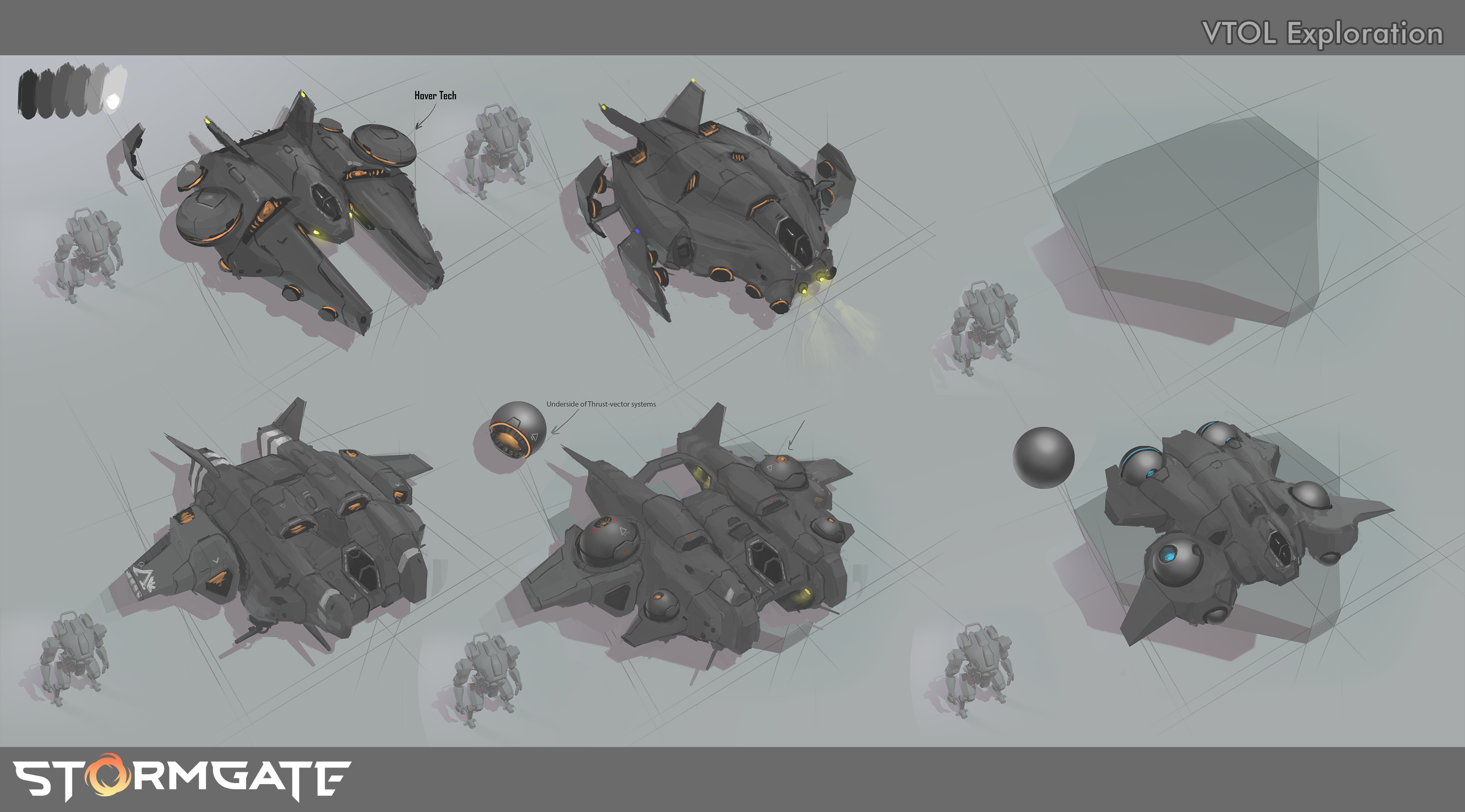
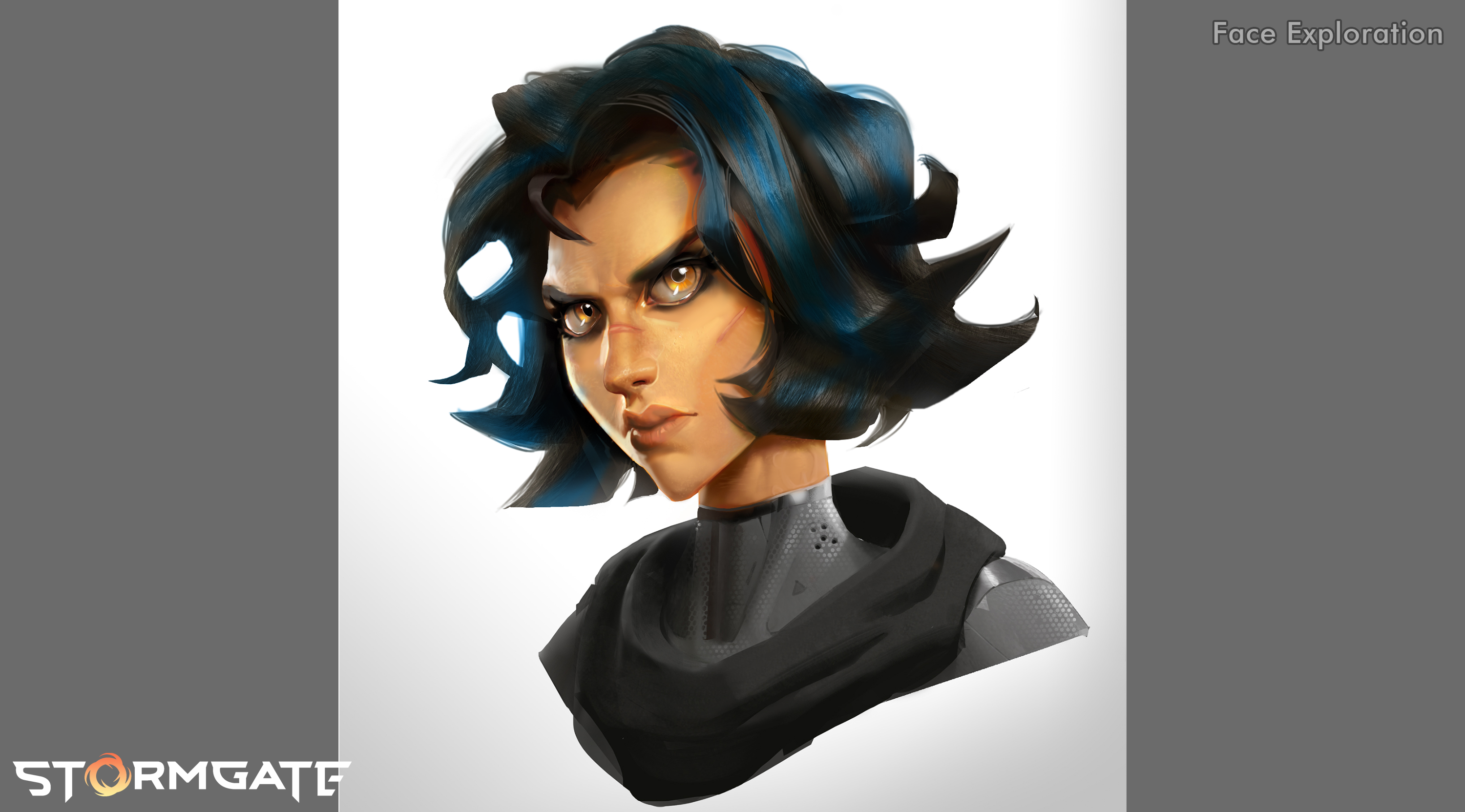
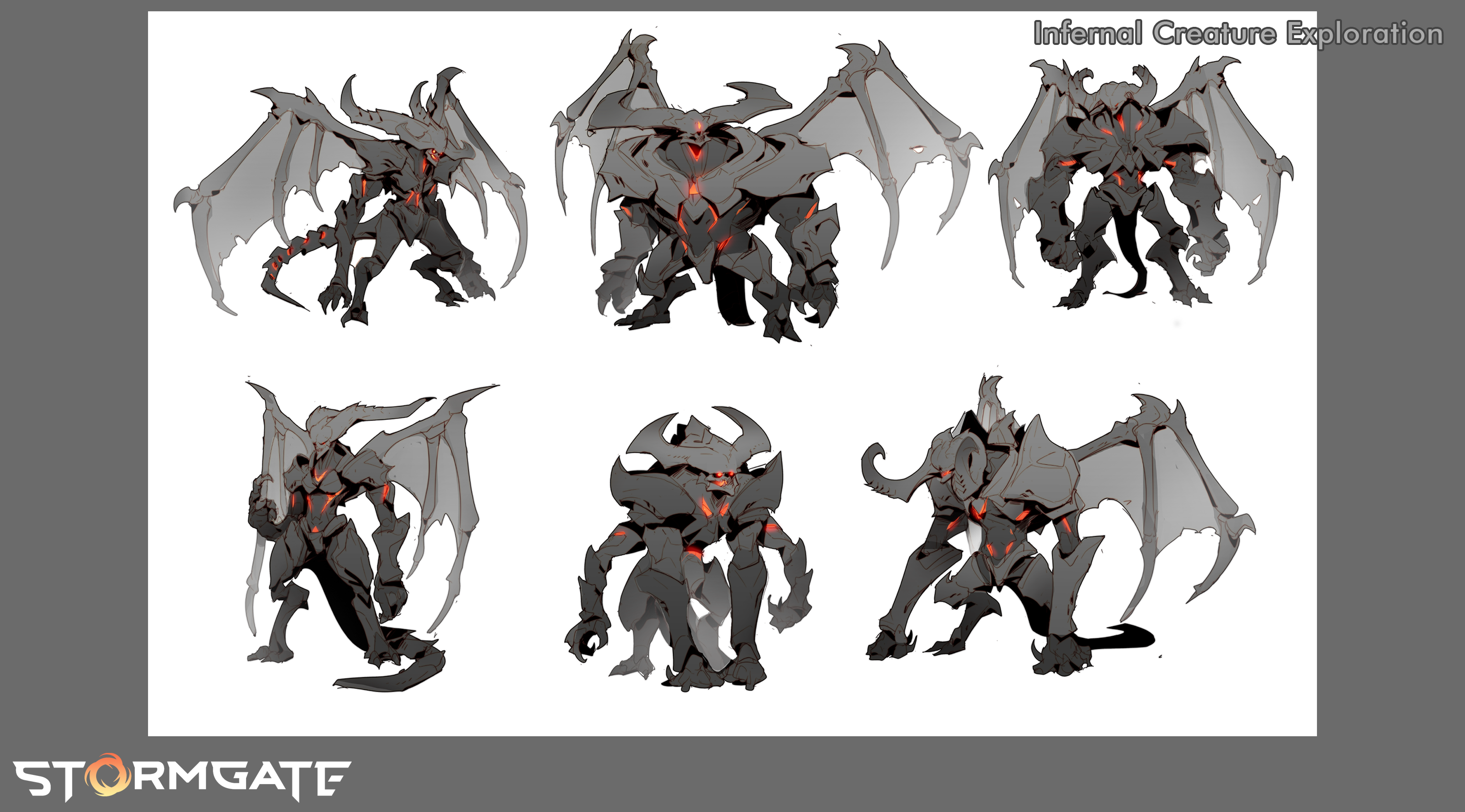
If any other indie studio had pitched me Stormgate, I'd call it impossibly ambitious. It's a small team building an RTS in a high fidelity engine, trying to do campaigns, PvE co-op and team-based multiplayer, classic 1v1 deathmatch with built-in esports tools, and multiple races with their own unique playstyles. Oh, and did I mention an editor? Yeah, in classic Blizzard fashion, they're doing that too, planning to hand their development tools over to the community to build their own levels.
It's a lot. Maybe too much. But then again, there's StarCraft 2 as a resume—and a practical plan for how to get Stormgate in players' hands next year. It'll start with a closed beta in 2023, then launch on Steam with an episodic model, which will let them expand the story and setting over time. And it'll be free-to-play, a key choice for any RTS trying to grab a new generation of players.
"We have, pretty much since day one of announcing the company, been interacting with the community—sharing our thoughts and questions, and their responses, intuition and ideas coming back to us have directly shaped how we've approached these modes and the development in a lot of different ways. So we feel fairly informed at this point about what the community is passionate about. We're really trying to factor that into how we're building the game."

Wes has been covering games and hardware for more than 10 years, first at tech sites like The Wirecutter and Tested before joining the PC Gamer team in 2014. Wes plays a little bit of everything, but he'll always jump at the chance to cover emulation and Japanese games.
When he's not obsessively optimizing and re-optimizing a tangle of conveyor belts in Satisfactory (it's really becoming a problem), he's probably playing a 20-year-old Final Fantasy or some opaque ASCII roguelike. With a focus on writing and editing features, he seeks out personal stories and in-depth histories from the corners of PC gaming and its niche communities. 50% pizza by volume (deep dish, to be specific).

